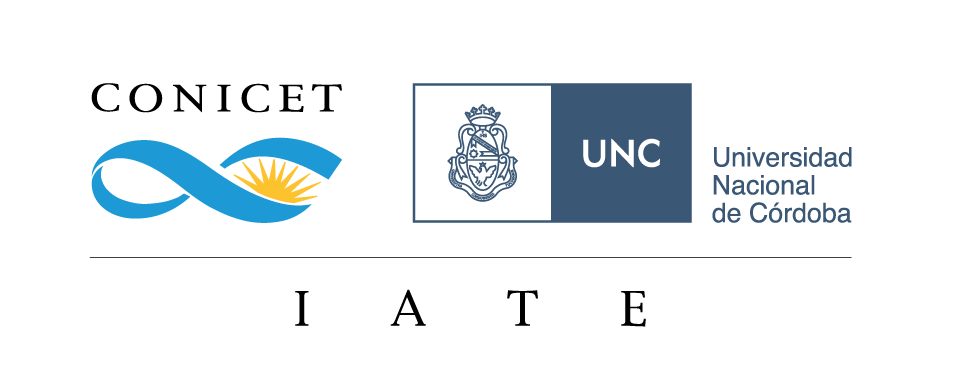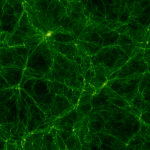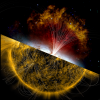
Expositora: Ana Esteban Gutiérrez (Instituto de Física y Astronomía, Universidad de Valparaíso, Chile)
Fecha: viernes 17 de noviembre, 11 hs
Resumen: The quasar microlensing effect allows us to estimate the mass and abundance of any kind of compact object in the lens galaxies, being sensitive to both, baryonic and dark matter (DM) distributions. Recent results of black hole (BH) mergers coming from the Gravitational Wave (GW) experiments LIGO/Virgo raised again the interest in studying other astrophysical candidates to be part of the elusive DM nature (specifically, the intermediate-mass BHs). In this talk, I present the results of using optical and X-ray quasar microlensing observations and applying magnification statistics with a Bayesian analysis to simulations of a mixed population of Primordial Black Holes (PBHs) and stars, to constraint their abundances. These PBHs are extensively considered to explain the observed amount of DM in the universe and were postulated as a possible explanation for the GW mergers. Finally, the mass range explored in this work, ranging from planetary to intermediate-mass PBHs, provides new upper limits for the estimated fraction of the DM in form of PBHs and sets the strongest bounds in this mass range according to other microlensing studies.
Esperamos vuestra participación en el auditorio del IATE. Se podrá participar virtualmente mediante el enlace: https://meet.google.com/hgu-akrs-xvc








